
How to get to Mount Fuji, and recommended view points
Mount Fuji, Japan’s tallest and most iconic mountain, is a popular destination for both local and international travelers. With its symmetrical, snow-capped peak, Fuji-san is not only breathtaking but also holds deep cultural and spiritual significance. The mountain is visible from various locations across Japan, and there are many ways to experience its majestic beauty up close.
This guide will take you through the best routes to reach Mount Fuji, the transportation options available, and the top viewpoints around the mountain where you can capture stunning, unforgettable views.
Contents
2. Top Viewpoints Around Mount Fuji
4. Popular Hiking Trails and Routes
1. How to Get to Mount Fuji
There are several ways to reach Mount Fuji from major cities in Japan, including Tokyo and Osaka. Depending on your schedule, budget, and preferred mode of travel, you can choose from various transportation options like buses, trains, and car rentals.
From Tokyo to Mount Fuji
Tokyo is the most common starting point for trips to Mount Fuji. Here are the main options:
- Express Bus: Buses from Shinjuku, Tokyo Station, and Shibuya go directly to Mount Fuji’s 5th Station, Kawaguchiko Station, and Fuji-Q Highland. The journey takes about 2 to 2.5 hours, and round-trip tickets typically cost around 2,000-3,000 yen. The bus offers a convenient, budget-friendly option for travelers.
- Train: You can take the JR Chuo Line from Tokyo to Otsuki Station, then transfer to the Fujikyu Railway to reach Kawaguchiko Station. This route takes around 2-3 hours and costs approximately 2,500 yen one way. For those with a JR Pass, the pass covers the JR Chuo Line portion.
- Shinkansen (Bullet Train): For a faster but more indirect route, take the Tokaido Shinkansen from Tokyo to Shin-Fuji Station. From Shin-Fuji, you can catch a bus to the Fujinomiya 5th Station or other areas around Mount Fuji. This option is ideal if you plan to explore nearby attractions, such as Fuji City.
- Rental Car: For more flexibility, consider renting a car from Tokyo and driving to Mount Fuji. The drive takes about 2 hours, and having a car is convenient for exploring multiple viewpoints in one day.
From Osaka to Mount Fuji
Getting to Mount Fuji from Osaka typically involves a longer journey but is still very accessible:
- Shinkansen (Bullet Train): Take the Tokaido Shinkansen from Osaka to Mishima or Shin-Fuji Station (around 2-3 hours). From there, you can transfer to a bus bound for Mount Fuji. This option is covered by the JR Pass, making it a convenient and economical choice for pass holders.
- Overnight Bus: An overnight bus from Osaka to Kawaguchiko is a budget-friendly option, allowing you to arrive early in the morning and maximize your time at Mount Fuji. The journey takes around 8-9 hours, with ticket prices ranging from 4,000 to 7,000 yen.
2. Top Viewpoints Around Mount Fuji
There are numerous spots around Mount Fuji that offer breathtaking views, especially during clear days when the mountain is fully visible. Below are some of the top viewpoints for capturing iconic shots of Fuji-san:
Chureito Pagoda
Located in Arakurayama Sengen Park, the Chureito Pagoda is one of the most famous spots for viewing Mount Fuji, especially during cherry blossom season. The five-storied pagoda framed by sakura trees and Mount Fuji in the background makes for a postcard-perfect scene. The viewpoint requires a short hike up a staircase, but the view is worth the effort.
Lake Kawaguchi
Lake Kawaguchi, one of the Fuji Five Lakes, offers stunning, direct views of Mount Fuji’s reflection on the water. The lake is particularly photogenic during sunrise and sunset and is accessible by bus from Kawaguchiko Station. Nearby cafes and viewing areas make this a comfortable spot to enjoy a scenic view of the mountain.
Oishi Park
Situated on the northern shore of Lake Kawaguchi, Oishi Park provides a panoramic view of Mount Fuji with seasonal flower fields in the foreground. The park is especially beautiful during spring when pink moss (shibazakura) blooms, and in autumn when the maple leaves turn vibrant colors.
Mt. Fuji 5th Station
The Mt. Fuji 5th Station is the highest point accessible by public transportation, situated at around 2,300 meters. Here, you can enjoy up-close views of the mountain, explore souvenir shops, and experience the distinct atmosphere near the summit. It’s also the starting point for many hiking routes to the summit during the climbing season (July to early September).
3. The Fuji Five Lakes Region
The Fuji Five Lakes (Fujigoko) are five picturesque lakes located around the northern base of Mount Fuji. Each lake offers unique views and activities, making the region a popular spot for sightseeing, boating, fishing, and even camping.
Lake Yamanaka
Lake Yamanaka is the largest of the Fuji Five Lakes and provides excellent views of Mount Fuji from its shores. It’s a great spot for water sports, cycling, and offers various public hot springs (onsen) where you can relax while admiring the mountain.
Lake Motosu
This lake is known for its deep, clear blue waters and is featured on Japan’s 1,000-yen bill. From here, you can capture serene views of Mount Fuji in a more secluded, natural setting.
Lake Shoji
The smallest of the Fuji Five Lakes, Lake Shoji is ideal for those seeking solitude and a peaceful, close-up view of Mount Fuji. It’s less developed than other lakes, making it a great spot for nature lovers and photographers looking for undisturbed scenes.
Lake Saiko
Known for its scenic hiking trails and campsites, Lake Saiko provides a tranquil escape with Mount Fuji in the background. The lake is also near the Aokigahara Forest, a famous forest at the base of the mountain known for its mysterious atmosphere and beautiful nature trails.
4. Popular Hiking Trails and Routes
For those interested in hiking, Mount Fuji offers various trails that provide different views and challenges. The official climbing season is in July and August, but there are numerous hiking trails around the base that are accessible year-round.
Yoshida Trail
The Yoshida Trail is the most popular route to the summit, beginning at the 5th Station on the Yamanashi side. It’s known for its amenities and mountain huts along the way, making it the best choice for beginner climbers.
Subashiri Trail
Starting at the Subashiri 5th Station, this trail offers a quieter, more forested ascent. The trail merges with the Yoshida Trail at around the 8th Station, making it suitable for climbers looking for a scenic yet challenging route.
Nature Trails at the Base
If summit climbing isn’t your plan, the nature trails around the base, such as the trails near Lake Kawaguchi or Aokigahara Forest, provide scenic routes with gentle inclines and spectacular views of Mount Fuji.
5. Best Times to Visit Mount Fuji
The best times to visit Mount Fuji depend on the kind of experience you’re looking for. Here’s a breakdown by season:
Spring (March to May)
Spring is one of the most popular times to visit Mount Fuji, especially from late March to April when the cherry blossoms bloom. Spots like Chureito Pagoda and Lake Kawaguchi are perfect for viewing Mount Fuji with a backdrop of cherry blossoms.
Summer (June to August)
Summer is the official climbing season for Mount Fuji, with all trails open from early July to early September. This is the best time for those looking to reach the summit. Clear skies in the early morning or late afternoon often provide unobstructed views.
Autumn (September to November)
Autumn is another great season to visit, especially from mid-October to early November when fall foliage frames the mountain. Oishi Park and the shores of Lake Kawaguchi are particularly beautiful during this time.
Winter (December to February)
Winter offers the clearest views of Mount Fuji, with the mountain often covered in a layer of snow, making it even more picturesque. However, the weather is much colder, and climbing to the summit is closed, so it’s best for those interested in photography or scenic views from a distance.
6. Tips for Visiting Mount Fuji
Here are some practical tips for making the most of your trip to Mount Fuji:
1. Check the Weather Forecast
Visibility around Mount Fuji can change quickly. Clear skies in the morning or evening are best for viewing, so check the forecast and try to plan your visit accordingly.
2. Arrive Early
Popular viewpoints like Chureito Pagoda and Lake Kawaguchi can get crowded, especially during peak seasons. Arriving early will help you secure a good viewing spot and avoid large crowds.
3. Bring Appropriate Gear
For climbing, wear layered clothing and bring a headlamp, sturdy hiking shoes, and a rain jacket. If you’re simply visiting the area, a hat, sunscreen, and water are essentials, as the sun can be intense at higher altitudes.
4. Plan for Meals and Snacks
Some areas around Mount Fuji offer restaurants and cafes, but options can be limited at higher altitudes or remote viewing spots. Bring snacks and water to stay energized throughout the day.
5. Use IC Cards and Passes
Japan Rail Pass, regional passes, and IC cards like Suica or Pasmo can make travel around the area easier and more cost-effective, especially for trains and buses.
Mount Fuji is a destination of timeless beauty, offering diverse experiences for nature lovers, photographers, and adventurers. With these tips and a well-planned itinerary, you’re ready to embark on a journey to witness Japan’s most famous peak in all its glory.
Share
You may also like
-

Visiting Japan’s Love Hotel Districts: What to Expect
Japan’s love hotel districts are famous for their unique and fascinating blend of privacy, creativity, and a touch of...
-

Top 10 Late-Night Dining Spots in Tokyo’s 24-Hour Cafes
Tokyo’s vibrant nightlife extends well beyond bars and nightclubs, with a thriving late-night dining culture tha...
-

Best Night Tours in Tokyo for After-Dark Adventures
Tokyo’s nightlife is renowned for its energy, vibrancy, and unique blend of traditional and modern experiences. From ...
-

Japan’s Late-Night Food Culture: 8 Best Street Eats
Japan’s late-night food culture is a vibrant experience, especially in bustling cities like Tokyo and Osaka, where de...
-

7 Rooftop Bars in Tokyo for Stunning Views
Tokyo’s rooftop bars offer some of the best ways to soak in the city’s skyline while enjoying drinks, atmosphere, and...
-

10 Best Nightclubs in Tokyo for Dancing and Music Lovers
Tokyo's nightlife is renowned for its variety and energy, with nightclubs that range from high-energy dance floors to...
-

8 Themed Bars and Cafes You Need to Visit in Tokyo
Tokyo is famous for its creative and quirky themed bars and cafes, offering immersive experiences for locals and...
-

Tokyo Nightlife Guide: Shinjuku, Shibuya, and Roppongi Highlights
Tokyo’s nightlife is legendary, offering a mix of vibrant energy, entertainment, and unique experiences in some of it...
-
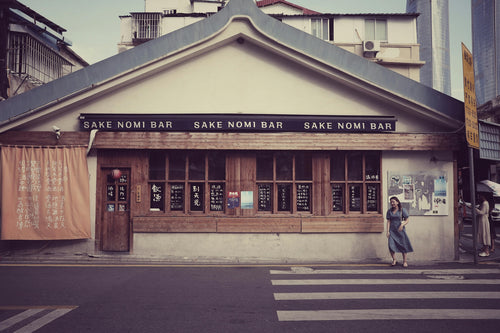
7 Best Japanese Sake Bars in Tokyo
Tokyo is home to some of Japan’s best sake bars, offering both locals and visitors an opportunity to explore the...
-

Top 6 Observation Decks in Tokyo for Scenic Views
Tokyo’s observation decks offer some of the best panoramic views of the city, giving visitors a chance to see th...
-
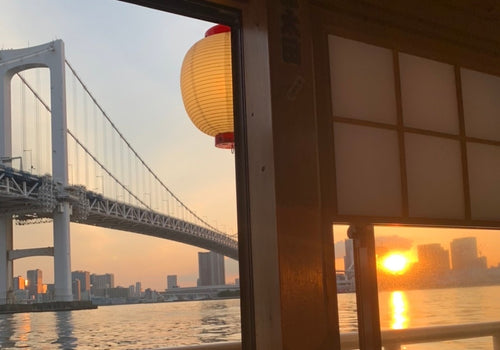
Night Cruises in Tokyo: Enjoy the City Views
Tokyo’s skyline is mesmerizing at any time, but experiencing it from the water on a night cruise adds a magical ...
-
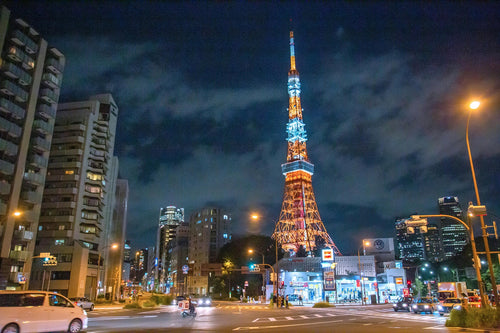
Roppongi Art and Nightlife Guide
Roppongi is one of Tokyo’s most vibrant districts, known for its lively nightlife, sophisticated art scene, and ...
-
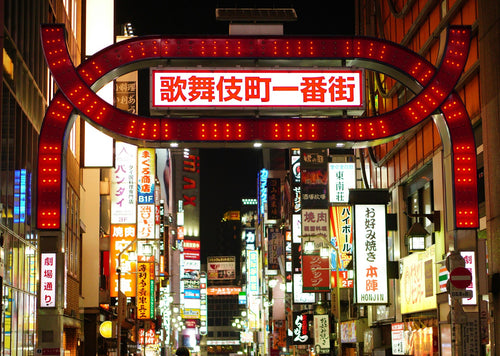
Nightlife Guide to Shinjuku Kabukicho
Shinjuku’s Kabukicho district, known as Tokyo’s “Sleepless Town,” is the center of nightlife in Tokyo. Renowned ...
-

6 Best Night View Spots in Tokyo
Tokyo at night is a breathtaking spectacle, with illuminated skyscrapers, iconic landmarks, and bustling streets that...
-

Top 12 Sake Breweries in Japan for Tasting and Tours
Japan’s sake culture is celebrated around the world for its depth, complexity, and rich history. Sake, or nihons...
-
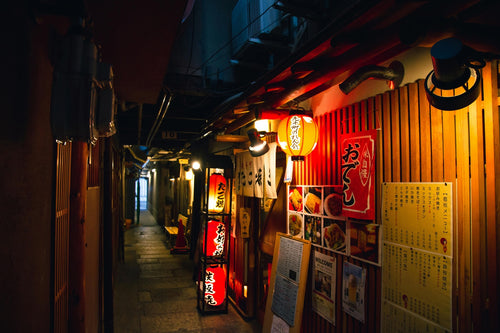
How to Enjoy a Night at a Japanese Izakaya
Japanese izakayas are casual, lively spots where locals gather after work to enjoy drinks, share small plates, a...
-

Exploring Karaoke Culture in Japan: 8 Best Places to Sing
Karaoke is an integral part of Japanese culture, offering a fun and entertaining way for friends, family, and even co...
-

5 recommended bars in Golden Gai
Golden Gai, nestled in the heart of Tokyo’s Shinjuku district, is one of the city’s most iconic bar districts. Known ...
-
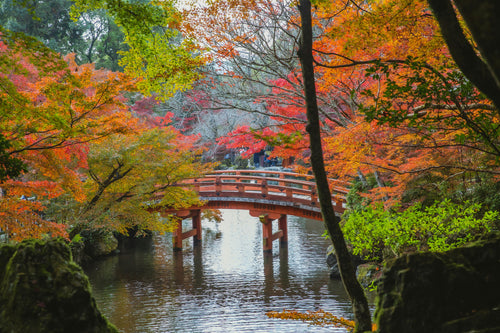
10 Japanese Gardens You Should Visit for Tranquility
Japanese gardens are renowned for their beauty, tranquility, and intricate designs that reflect harmony with nature. ...
-

Japan’s Kimono Heritage: Symbolism, Style, and Where to See
The kimono, Japan’s traditional garment, is a beautiful and symbolic representation of Japanese culture. From its int...
-
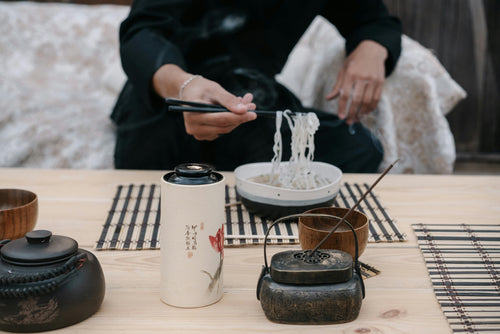
Etiquette Essentials for Visitors to Japan
Japan’s culture is rich in respect, politeness, and consideration, making etiquette an essential part of daily l...
-
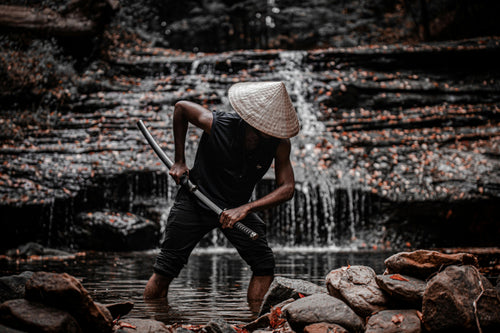
7 Best Places to Discover Japan’s Samurai History
Japan’s samurai history is one of honor, skill, and deep cultural influence, stretching back centuries and leaving an...
-
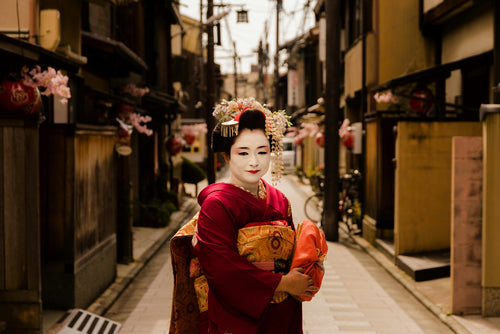
Geisha Culture in Japan: Myths and Realities
The world of geisha, Japan’s skilled performers and keepers of traditional arts, has long intrigued people around th...
-

Japan’s Unique Architecture: Top 8 Traditional and Modern Landmarks
Japan is renowned for its unique blend of ancient architectural heritage and cutting-edge modern designs. From c...
-
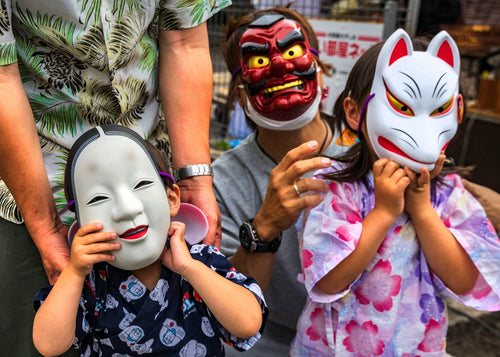
10 Traditional Japanese Festivals (Matsuri) You Can’t Miss
Japanese festivals, or *matsuri*, are vibrant celebrations of cultural heritage, featuring elaborate costumes, l...
-
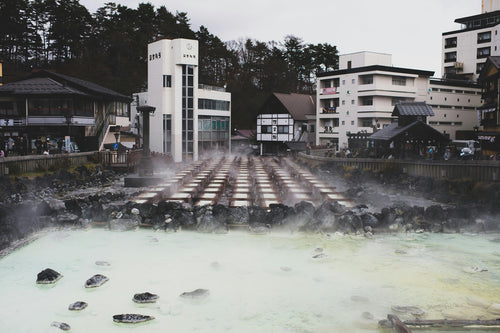
Japan’s Three Great Onsen: A Guide to Famous Hot Springs
Japan is famous for its natural hot springs, or *onsen* (温泉), offering visitors a unique opportunity to relax and rej...
-
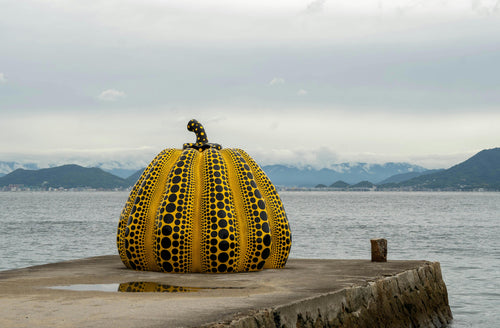
Japanese Art Exploration: Best Spots to Enjoy Art in Japan
Japan is a country rich in artistic heritage, from centuries-old traditional crafts to modern, innovative instal...
-

Guide to Japan’s Fireworks Festivals: When and Where to Go
Japan’s summer fireworks festivals, known as "hanabi taikai" (花火大会), are among the most anticipated events in th...
-
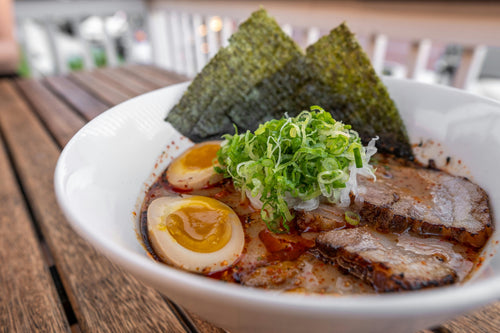
Where to Experience Ramen-Making Classes in Japan
Ramen is one of Japan’s most beloved dishes, with countless regional styles and flavors that attract food lovers from...
-
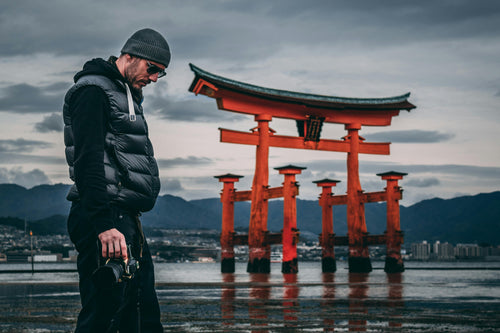
Power Spot Tours: Japan’s Famous Temples and Shrines
Japan is a land steeped in spiritual history, and visiting its temples and shrines provides not only a glimpse i...
-
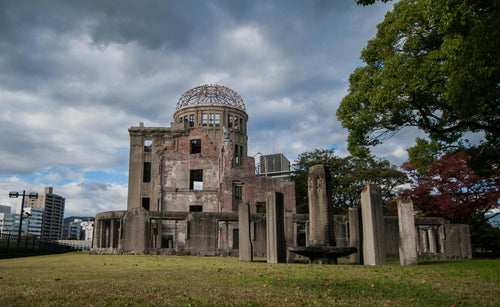
UNESCO World Heritage Site Tour Guide in Japan
Japan is home to numerous UNESCO World Heritage Sites, each offering a glimpse into the country’s rich cultural herit...
-

5 Famous Japanese Castles: History and Highlights
Japan is home to some of the most beautiful and historically significant castles in the world. Built during the feuda...
-
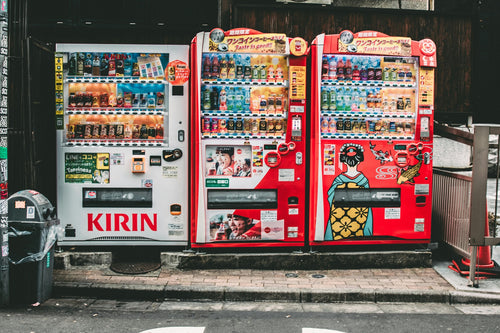
10 Unique Drinks to Try from Japanese Vending Machines
Japan is famous for its vending machines, offering an incredible variety of drinks that go beyond just soft drinks an...
-
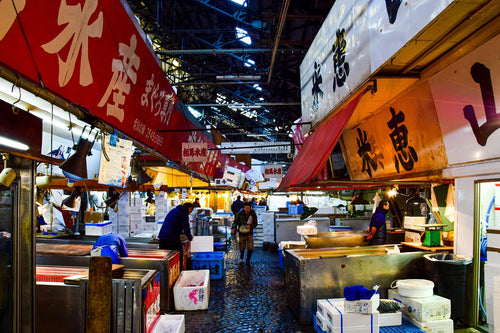
Tokyo Market Guide: Exploring Tsukiji and Toyosu Markets
Tokyo's Tsukiji and Toyosu Markets are must-visit spots for food lovers and anyone interested in Japan’s rich culinar...
-
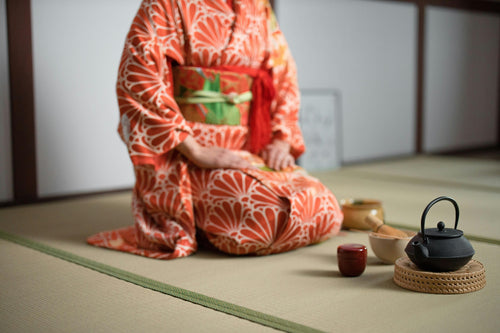
Experiencing Traditional Tea Ceremony in Tokyo
The Japanese tea ceremony, or "chanoyu," is a cultural experience steeped in tradition, aesthetics, and mindfulness....
-
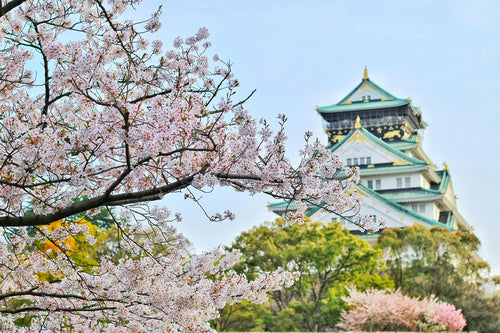
Top 7 Cherry Blossom Viewing Locations in Tokyo
Springtime in Tokyo is synonymous with the cherry blossom season, a breathtaking period when the city’s parks, rivers...
-
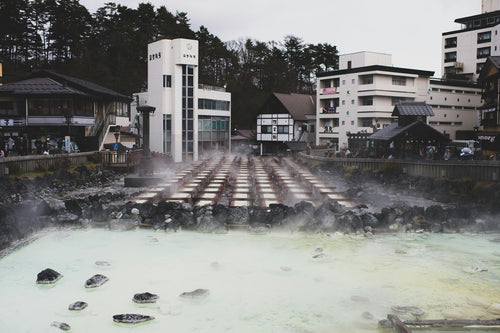
What is Onsen? A Guide to History, Benefits, and Etiquette
Onsen, Japan’s cherished hot spring culture, offers a unique blend of relaxation, scenic beauty, and deep-rooted trad...
-
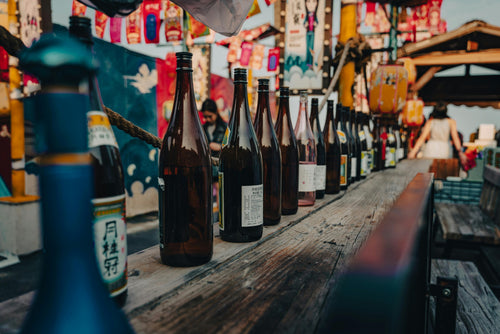
What is Sake? Its Production Method and History
Sake is a traditional Japanese alcoholic beverage made from fermented rice. It has been enjoyed in Japan for over a t...
-

8 hot springs with beautiful scenery near Tokyo
Tokyo is a bustling metropolis, but just outside the city are some of Japan's most serene hot springs, or onsens, off...
-

Top 10 museum to visit in Tokyo
Tokyo is home to a diverse range of museums that cater to all interests, from art and history to technology and pop c...
-
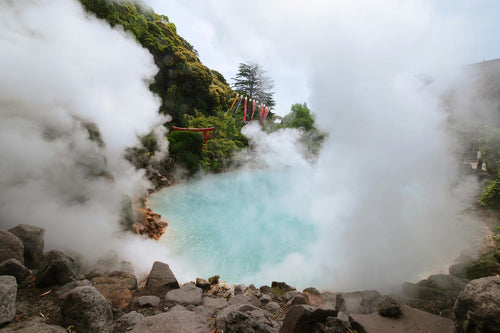
9 Best Hot Spring and Bathhouse in Tokyo
Tokyo is known for its vibrant urban energy, but it's also a fantastic place to relax and rejuvenate in hot springs (...
-
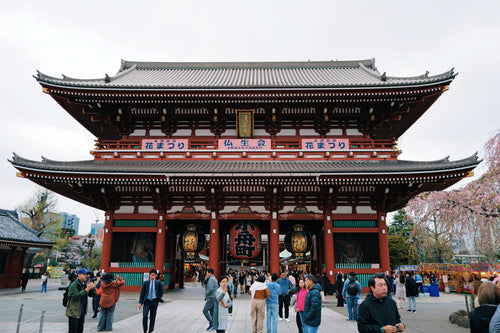
15 Famous Temples and Shrines to Visit near Tokyo
Tokyo and its surrounding areas are home to many famous temples and shrines that showcase Japan's rich spiritual and ...










































